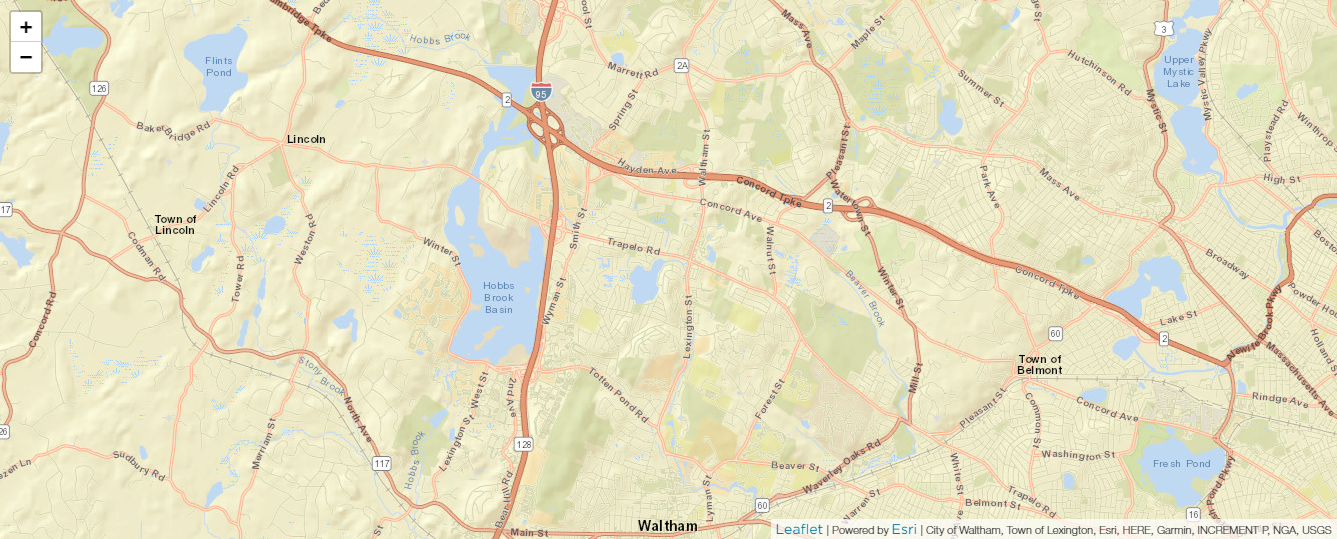New Brunswick
New Brunswick is noted for its ethnic diversity. At one time, one-quarter of the Hungarian population of New Jersey resided in the city, and in the 1930s one out of three city residents was Hungarian. The Hungarian community continues as a cohesive community, with the 3,200 Hungarian residents accounting for 8% of the population of New Brunswick in 1992. Growing Asian and Hispanic communities have developed around French Street near Robert Wood Johnson University Hospital.
New Brunswick is a city in and the seat of government of Middlesex County, in the U.S. state of New Jersey. A regional commercial hub for central New Jersey, the city is both a college town (the home of Rutgers University, the state's largest university) and a commuter town for residents commuting to New York City within the New York metropolitan area. New Brunswick is on the Northeast Corridor rail line, 27 miles (43 km) southwest of Manhattan. The city is located on the southern banks of the Raritan River in the heart of the Raritan Valley region. As of the 2020 United States census, the city's population was 55,266, an increase of 85 (+0.2%) from the 2010 census count of 55,181, which in turn reflected an increase of 6,608 (+13.6%) from the 48,573 counted in the 2000 census. The Census Bureau's Population Estimates Program calculated that the city's population was 55,998 in 2022, ranking the city the 712th-most-populous in the country. Due to the concentration of medical facilities in the area, including Rutgers Robert Wood Johnson University Hospital and medical school, and Saint Peter's University Hospital, New Brunswick is known as both the Hub City and the Healthcare City. The corporate headquarters and production facilities of several global pharmaceutical companies are situated in the city, including Johnson & Johnson and Bristol Myers Squibb. New Brunswick has evolved into a major center for the sciences, arts, and cultural activities. Downtown New Brunswick is developing a growing skyline, filling in with new high-rise towers.
Explore the Area

Address
Keller Williams Elite
481 Memorial Parkway
Metuchen, NJ 08840
Broker License 0566404
All Rights Reserved, Each Office Independently Owned & Operated




